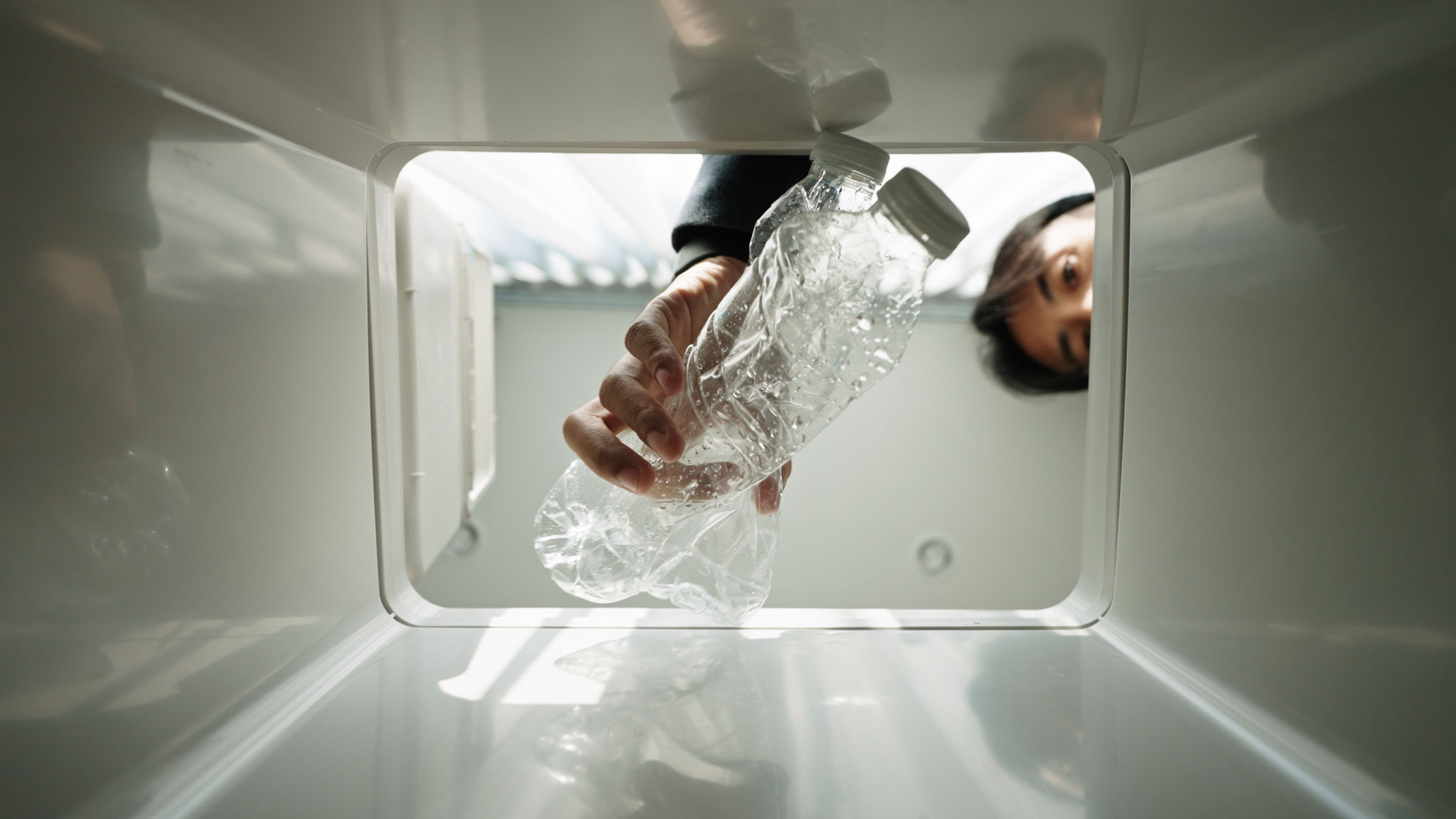Current Trends in Alcohol Marketing: What Every Liquor Brand Should Know
CD
Introduction to Current Trends
In today's rapidly evolving marketplace, alcohol brands must stay ahead of the curve to remain competitive. Understanding current trends in alcohol marketing can help brands connect with consumers, enhance brand loyalty, and ultimately drive sales. From leveraging digital platforms to adopting sustainable practices, liquor brands have numerous opportunities to innovate and grow.

Embracing Digital Platforms
The rise of social media and digital marketing has transformed the way alcohol brands engage with their audiences. Platforms like Instagram, Facebook, and TikTok are now essential for reaching a younger demographic. These platforms allow for creative storytelling and direct consumer interaction, making them invaluable tools for building brand identity and loyalty.
Incorporating influencer partnerships is another effective strategy. Collaborating with influencers who resonate with a brand's values can amplify reach and credibility. Authenticity is key, as consumers are more likely to trust recommendations from individuals they admire.
Sustainability and Ethical Practices
Consumers are increasingly conscious of the environmental and ethical implications of their purchases. As a result, sustainability has become a significant trend in alcohol marketing. Brands that prioritize eco-friendly packaging, responsible sourcing, and transparency in their production processes can differentiate themselves in a crowded market.

Highlighting ethical practices not only appeals to environmentally conscious consumers but also enhances a brand's reputation. Communicating these values through marketing campaigns and on product labels can build trust and loyalty among consumers who prioritize sustainability.
Innovative Product Offerings
Innovation in product offerings is crucial for capturing consumer interest. This includes the development of unique flavors, limited editions, and low-alcohol or alcohol-free alternatives. As health-conscious consumers seek options that align with their lifestyle, brands that offer diverse selections can tap into new market segments.
Additionally, experimenting with craftsmanship and artisanal approaches can attract enthusiasts looking for premium experiences. Highlighting a product's unique qualities through storytelling can effectively capture the imagination of potential customers.
Personalized Customer Experiences
Personalization is becoming increasingly important in alcohol marketing. Consumers appreciate experiences tailored to their preferences, whether through customized recommendations or personalized packaging. Leveraging data analytics can help brands understand consumer behavior and deliver more targeted marketing efforts.

Utilizing interactive digital experiences, such as virtual tastings or augmented reality labels, can further enhance the consumer journey. These engaging experiences create memorable interactions that encourage repeat purchases and deepen brand loyalty.
Conclusion
The current trends in alcohol marketing offer a wealth of opportunities for brands to innovate and connect with their audiences. By embracing digital platforms, prioritizing sustainability, offering innovative products, and creating personalized experiences, liquor brands can stay relevant in an ever-changing landscape. Adapting to these trends not only ensures competitiveness but also fosters long-lasting relationships with consumers.
